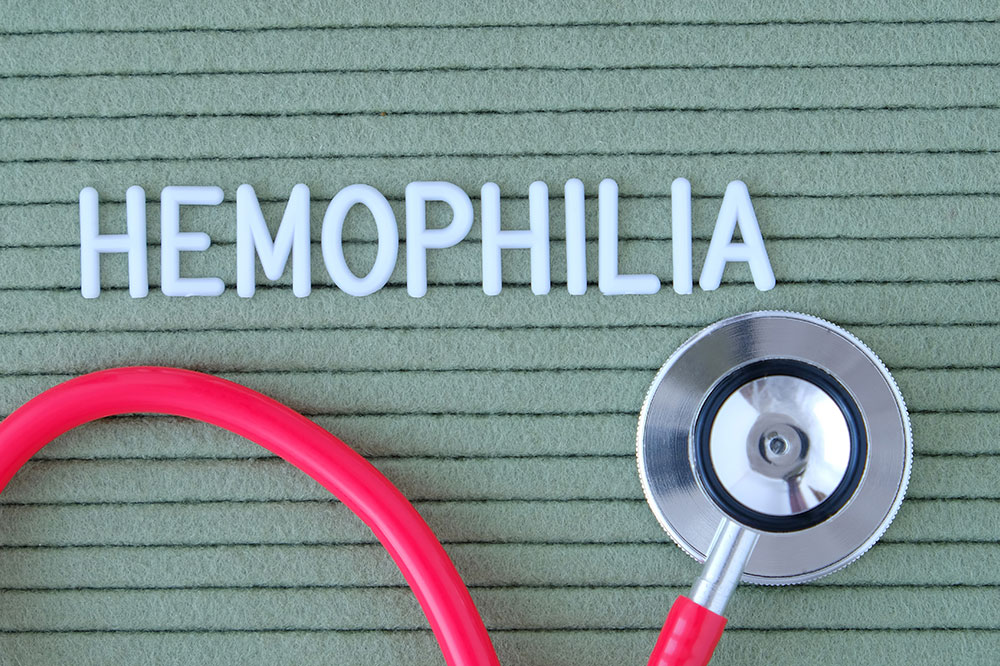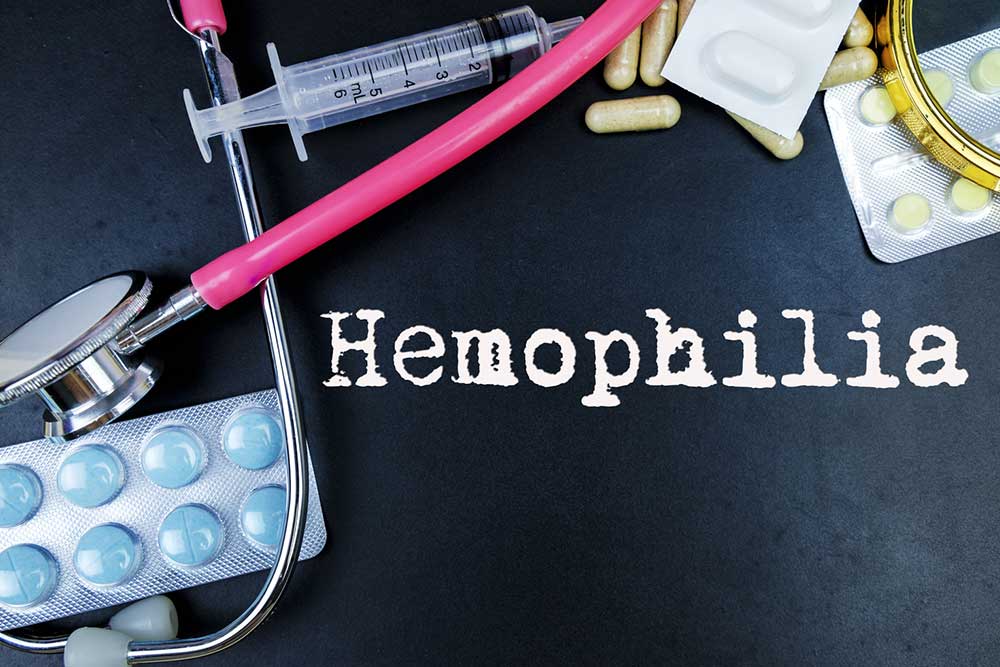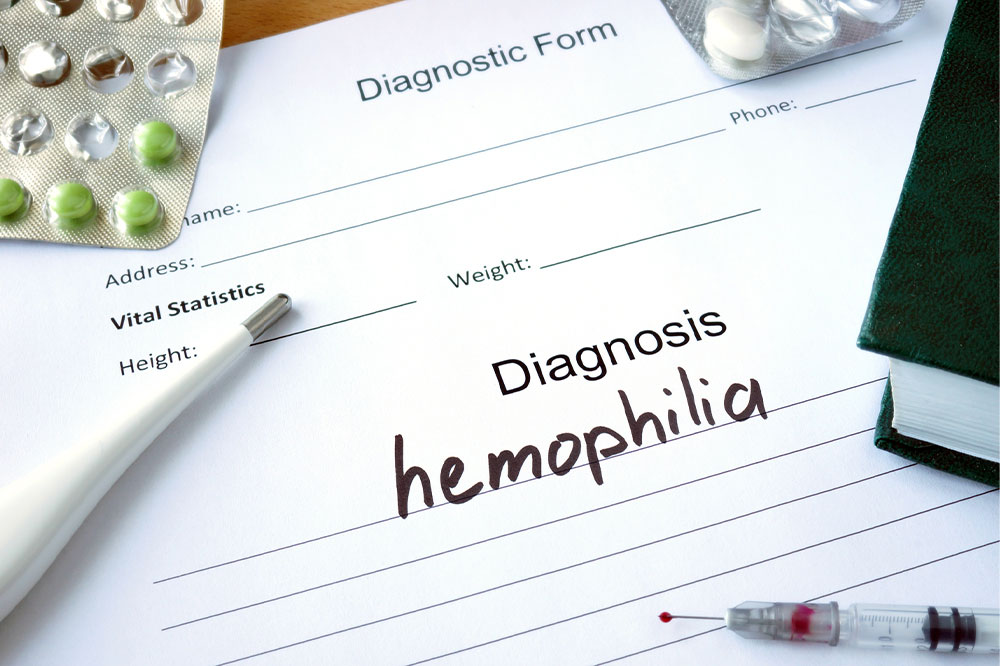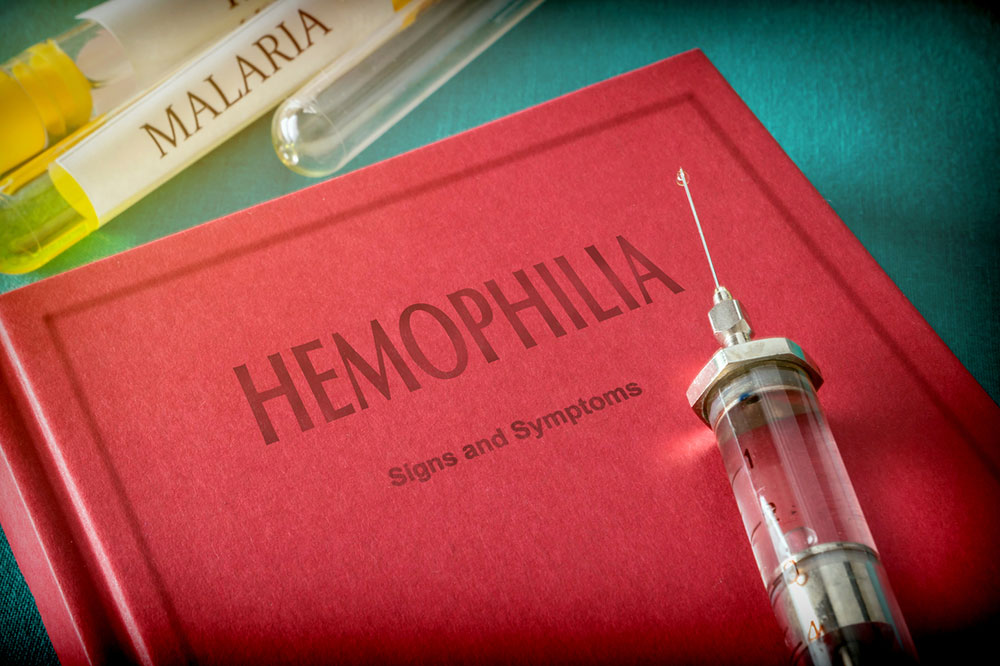Complete Guide to Hemophilia: Causes, Symptoms, and Modern Treatment Options
This comprehensive guide explores hemophilia, a hereditary bleeding disorder affecting blood clotting. It details types, symptoms, causes, potential complications, and modern treatment options, providing valuable insights for affected individuals and caregivers. Advances in gene therapy and prophylactic treatments have significantly improved outcomes, emphasizing the importance of early diagnosis and proper management. The article underscores the role of genetic counseling and preventative strategies in reducing disease impact, aiming to empower patients with knowledge for better health decisions.

In-Depth Understanding of Hemophilia: Causes, Symptoms, and Advances in Treatment
Hemophilia remains one of the most well-known hereditary bleeding disorders, characterized by the body's inability to form proper blood clots due to deficiencies in specific clotting factors. This inherited condition can lead to unpredictable and sometimes life-threatening bleeding episodes. Understanding the intricacies of hemophilia—its causes, manifestations, and therapeutic approaches—is essential for affected individuals, their families, and healthcare providers. According to global health organizations, hemophilia affects approximately 1 in 10,000 live births worldwide, emphasizing its significance despite being a rare disease.
Different Types of Hemophilia
Hemophilia A — The most common form, caused by insufficient levels of clotting factor VIII, accounting for approximately 80% of all cases. Patients with Hemophilia A often experience prolonged bleeding after injury, surgery, or even spontaneously in severe cases.
Hemophilia B — Also called Christmas disease, this form results from a deficiency of clotting factor IX. Though less common than Hemophilia A, it presents similar bleeding symptoms and requires similar management strategies.
Hemophilia C — A milder, less frequent genetic form caused by insufficient factor XI. Bleeding episodes tend to be less severe and may only occur after significant trauma or surgery.
In addition to inherited forms, there is a rare acquired variant of hemophilia that can develop later in life. This acquired hemophilia occurs when the immune system produces antibodies that attack clotting factors VIII or IX, leading to bleeding complications regardless of genetic predisposition.
Recognizing the Signs and Symptoms of Hemophilia
The clinical presentation of hemophilia varies significantly depending on the severity of the clotting factor deficiency. Mild cases may only reveal themselves after trauma or invasive procedures, while severe cases might present with spontaneous bleeding episodes without apparent triggers. Early identification is crucial for effective management, especially in children. Typical symptoms in young patients include:
Blood in urine or stool, often indicating internal bleeding
Persistent joint pain, swelling, or stiffness due to hemarthrosis (bleeding into joints)
Gums that bleed easily and the formation of deep bruises
Frequent nosebleeds that are difficult to control
Unexplained or excessive bleeding following minor injuries
Understanding the Causes of Hemophilia
Primarily inherited, hemophilia is caused by genetic mutations on the X chromosome. Since it is an X-linked recessive disorder, males are predominantly affected, inheriting the defective gene from carrier mothers.
In some cases, the body may develop antibodies against clotting factors, impairing their function—a condition known as inhibitors, which complicates treatment.
Rarely, spontaneous mutations in the gene can result in acquired hemophilia, especially in later adulthood, often linked to autoimmune conditions or certain cancers.
Potential Complications and Risks
If left unmanaged, hemophilia can lead to a range of serious health issues. Repeated bleeding into joints can cause chronic joint damage and deformities, a condition known as hemophilic arthropathy. Internal hemorrhages may affect vital organs and potentially be fatal if they occur in the brain or abdomen. Additionally, the necessity for blood component transfusions increases the risk of transmission of blood-borne infections such as hepatitis B and C, HIV, and other pathogens.
Effective Treatment Strategies
Modern advancements have significantly improved the quality of life for individuals with hemophilia. Treatment options primarily focus on replacing the missing clotting factors, preventing bleeding episodes, and managing acute bleeds. Common therapies include:
Hormonal therapies, such as Desmopressin (DDAVP), which stimulate the release of stored clotting factor VIII, mainly used in mild Hemophilia A cases.
Regular infusions of clotting factor concentrates—either plasma-derived or recombinant synthetic versions—are the mainstay treatment for moderate to severe hemophilia.
In cases of Hemophilia C, plasma transfusions or factor XI concentrates may be administered to control bleeding episodes.
Prevention and Risk Management
Since hemophilia is inherited, genetic counseling plays a vital role in assessing risks for prospective parents, especially those with a family history of the disorder. Prenatal testing programs using techniques like amniocentesis or chorionic villus sampling can detect hemophilia early during pregnancy. These tests enable informed decision-making and early planning for treatment interventions if necessary. Additionally, advancements in reproductive technologies, such as in vitro fertilization combined with preimplantation genetic diagnosis (PGD), allow couples to reduce the risk of passing the condition to their children. Education on injury prevention, early recognition of bleeding signs, and timely medical intervention are crucial components of comprehensive hemophilia management.





